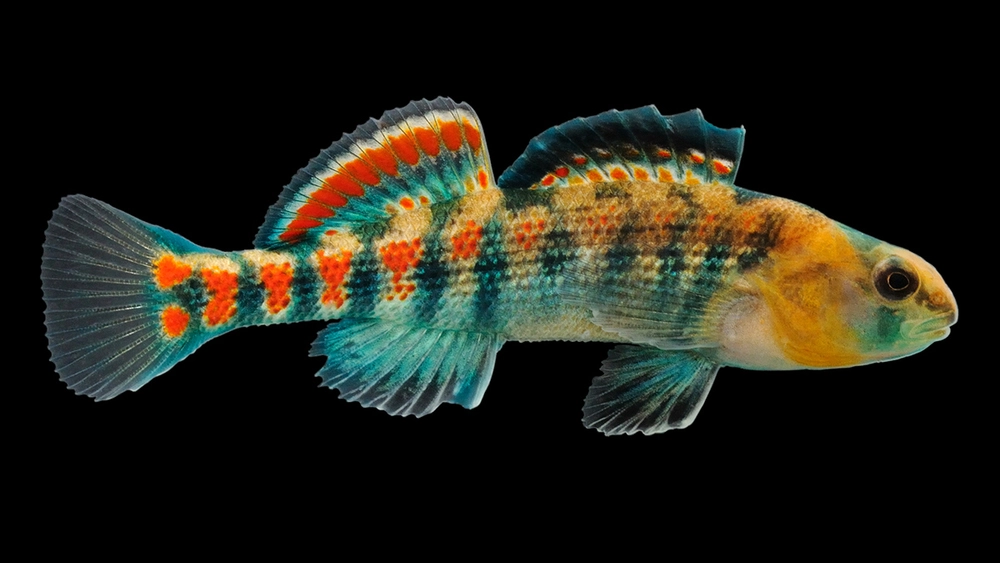
When they share habitat, orangethroat and rainbow darters tend to avoid one another, even though they are closely related and can produce “hybrid” offspring. The males compete with males of their own species and will almost always ignore females of the other species. A new study offers an analysis of the genomic changes that occur when these fish hybridize, offering insight into the gradual accumulation of incompatible traits that likely drives them to diverge.
The researchers report their findings in the journal Molecular Biology and Evolution.
Scientists have spent decades trying to understand the factors that allow closely related organisms to evolve into separate species, said Becky Fuller, a University of Illinois professor of evolution, ecology and behavior who led the research with study lead author Rachel Moran. Now a postdoctoral researcher at the University of Minnesota, Moran conducted the research as a graduate student in Fuller’s lab.